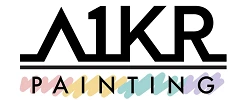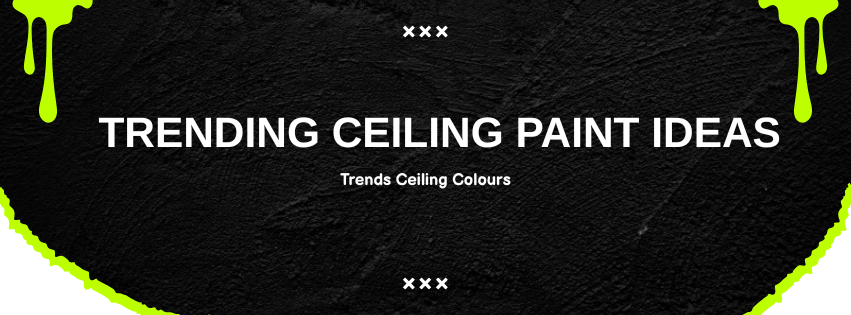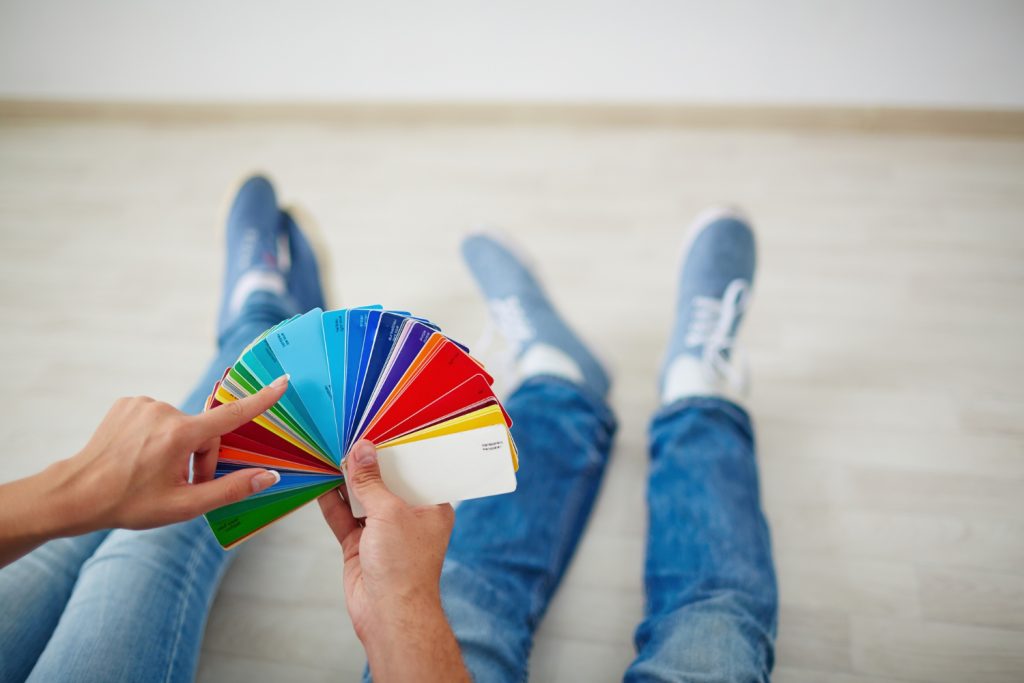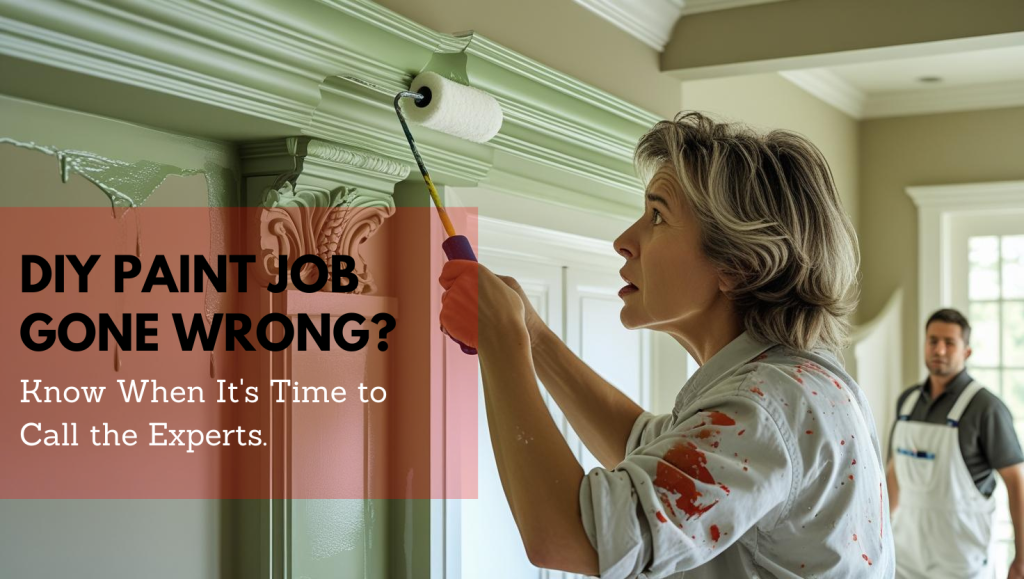
Do you know what a paint job does to your home? It brings enthusiasm back into your life, giving your space a new look without a total refresh. It doesn’t matter if you’re painting your kitchen or living room; there’s always magic with hues on the walls.
However, should you call in a professional painter or handle it like a personal painting exercise? Many homeowners find themselves conflicted on whether or not they should DIY their paint project.
When making a decision, it’s important to ponder on the beauty of professional painting. It’s not only attractive to look at but also ensures a lasting paint job. But whether you opt for a DIY house painting, the goal is to achieve what you’re going for.
In this blog post, we’re going to learn the benefits and the mistakes of a DIY painting project. We’ll also learn when is the best time to call in an expert for your residential painting.
Is your brush ready to roll on some colours?
Why DIY Painting is Popular (But Not Always Ideal)
The reason why DIY house painting is gaining mainstream attention is due to its several benefits. One primary advantage is the cost savings. By doing it yourself, you can reduce the cost.
You can eliminate the labour expenses and choose local materials that are cheaper but still of good quality.
Another main reason why homeowners love to DIY is having full creative control. You have all the freedom in the world to pick the colour or style for your home, doing it your way.
Lastly, the weekend warrior appeal. Painting seems like a home makeover task that you can do. For those who truly enjoy and are having fun on personal projects, it can be rewarding.
Hands-on activities like this one allow you to be productive in your spare time. You can tackle home improvements over the weekends, during your spare time.
There’s a sense of accomplishment when you can put in the hard work and call the shots.
Then again, despite your best intentions, DIY paint jobs don’t always go your way. With limited skills and experience, things can go sideways with the preparation or application. Just like that, your DIY ventures can turn into costly do-overs.
Common DIY Mistakes That Cost You More
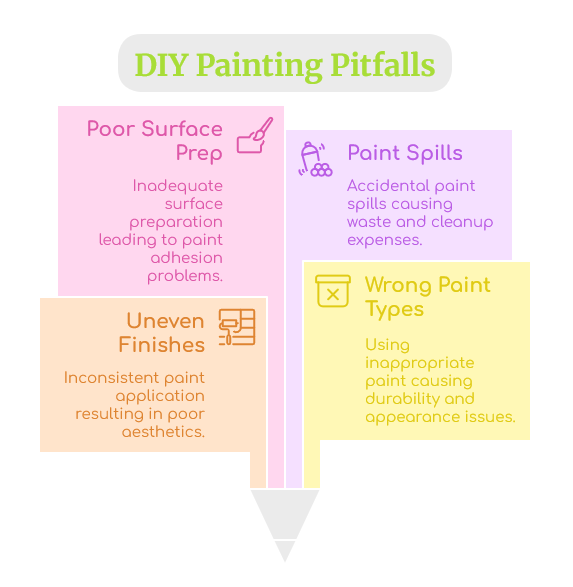
DIY painting is a satisfying, cost-effective, creative experience. While these are facts, there are downsides to doing paint projects yourself that stem from a lack of knowledge.
Without expertise, you can run into several painting issues, such as uneven finishes, wrong paint types, poor surface prep and paint spills. Trying to fix these errors will cost you time and money, which entirely defeats the purpose of DIYing.
DIY paint projects can be tedious and time-consuming. From surface preparation and painting to cleanup, it’s a job that is sensitive with time. As someone juggling family and professional life, this can be really challenging.
When It’s Time to Call a Professional
Now that you know the perks and the quirks of DIYing your painting projects, let’s move on to the next question: When should you call a professional?
You can benefit from professionals when working on bigger and more intricate painting projects. If you have a large home with multi-story walls, complex surfaces or deadline-driven projects, professionals can work on them efficiently.
Another situation in which professionals truly excel is handling exterior paint jobs. This sort of paint job is quite challenging, as you will be dealing with environmental elements. It will require proper usage of exterior paint products, which can be difficult with your thin grasp on painting.
DIY becomes risky, messy or dangerous when you lack the expertise to ensure accurate work. It only works when you’re handling small-scale improvements with minor touch-ups.
Refreshing the paint in your bedroom or bathroom is a great hands-on task.
These quick weekend projects are not too overwhelming or time-draining. If things go astray, they’re not too complicated to fix on your own.
What a Professional Painter Brings to the Table
So, what can a professional painter offer you? For starters, a professional brings expertise, experience and equipment. This is a deal breaker, especially when dealing with more complex painting jobs.
If you’re on a strict schedule with concerns about deadlines, experts can deliver precise results with amazing speed. You can go about your daily life without being disrupted.
Professional painters also know the best paint products and best techniques to effectively handle each DIY house painting. They can offer clean finishes, proper equipment, safety gear and long-term value for homeowners.
It leads to your peace of mind, less mess, less stress, knowing that your brushwork venture is in capable hands. Additionally, professional work comes with a warranty, protecting your investment.
A One Korean Painting: Your Trusted Partner in Sydney
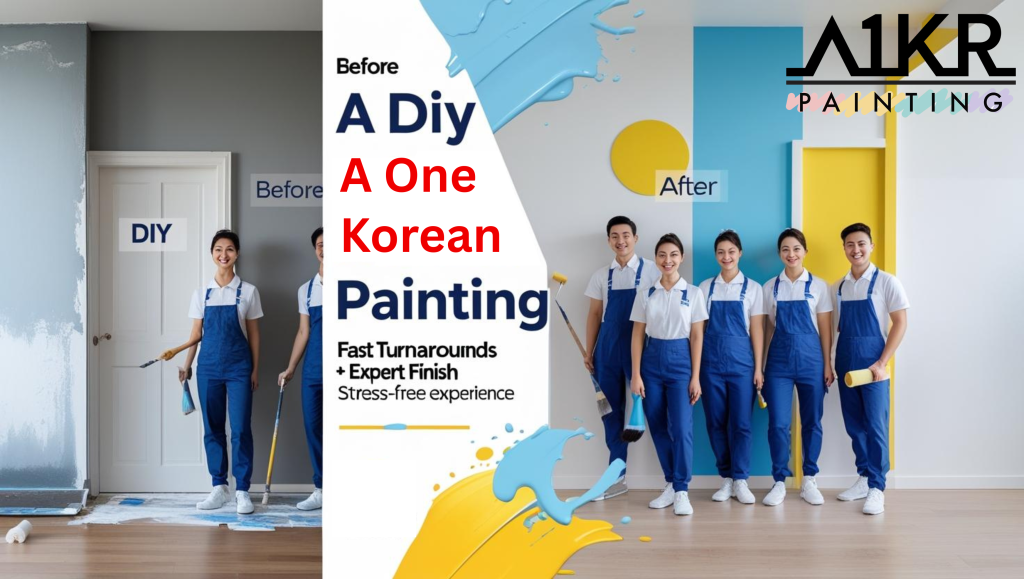
A palette upgrade of your home is truly appealing. It revamps your space and breathes in a new life. As a homeowner, you’re probably weighing the pros and the cons of a DIY house painting or relying on a professional.
While DIY gives you affordability, flexibility and creative freedom, it can be daunting. The paint freshness and character that you’re going for may not be achieved without the right expertise.
In this case, calling in an expert might be the right decision. A One Korean Painting has a friendly, reliable team eager to take on any jobs of all sizes.
We hold ourselves to high standards—fast turnarounds, strong attention to detail and local expertise. That said, we can ensure a precise finish and stress-free experience.
Let us take care of your house painting needs—book a consultation today and see how we can transform your space and make your home fresh again.
